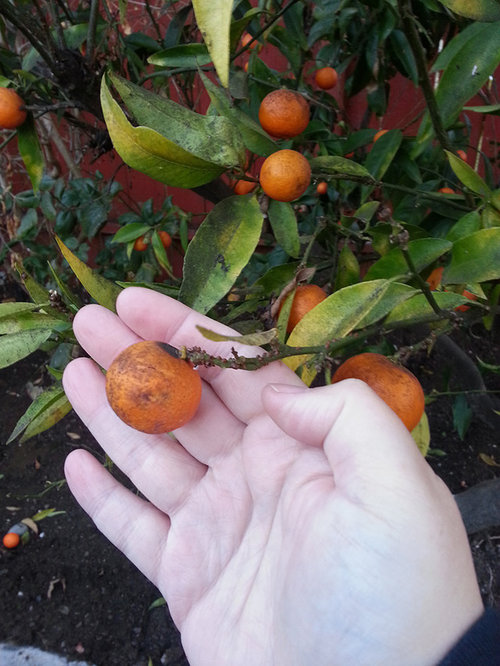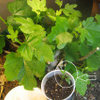What to do with undersized mandarins on a diseased tree?
Isara
10 years ago
Related Stories

EDIBLE GARDENSHow to Grow 10 Favorite Fruit Trees at Home
Plant a mini orchard in fall, winter or early spring to enjoy fresh-off-the-tree fruit the following year
Full Story
GARDENING GUIDESHow to Keep Your Citrus Trees Well Fed and Healthy
Ripe for some citrus fertilizer know-how? This mini guide will help your lemon, orange and grapefruit trees flourish
Full Story
FARM YOUR YARDIf You Have Room for Only One Fruit Tree ...
Juice up a small garden with one of these easier-care or worth-the-effort fruit trees for a mild climate
Full Story
FARM YOUR YARDHow to Grow Vegetables in Containers
Get glorious vegetables and fruits on your patio with a pro’s guidance — including his personal recipe for potting mix
Full Story
LIFEThe Good House: An Experience to Remember
A home that enriches us is more than something we own. It invites meaningful experiences and connections
Full StorySponsored
Your Custom Bath Designers & Remodelers in Columbus I 10X Best Houzz
More Discussions








tantanman
IsaraOriginal Author
Related Professionals
Brentwood Landscape Architects & Landscape Designers · Elgin Landscape Contractors · Allentown Landscape Contractors · Brandon Landscape Contractors · Chattanooga Landscape Contractors · Flagstaff Landscape Contractors · Marlborough Landscape Contractors · Peachtree City Landscape Contractors · San Carlos Park Landscape Contractors · South Portland Landscape Contractors · University City Landscape Contractors · Vancouver Landscape Contractors · Waldorf Landscape Contractors · Ansonia Landscape Contractors · San Pablo Landscape Contractorstantanman
rhizo_1 (North AL) zone 7
tantanman
IsaraOriginal Author